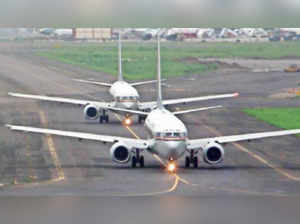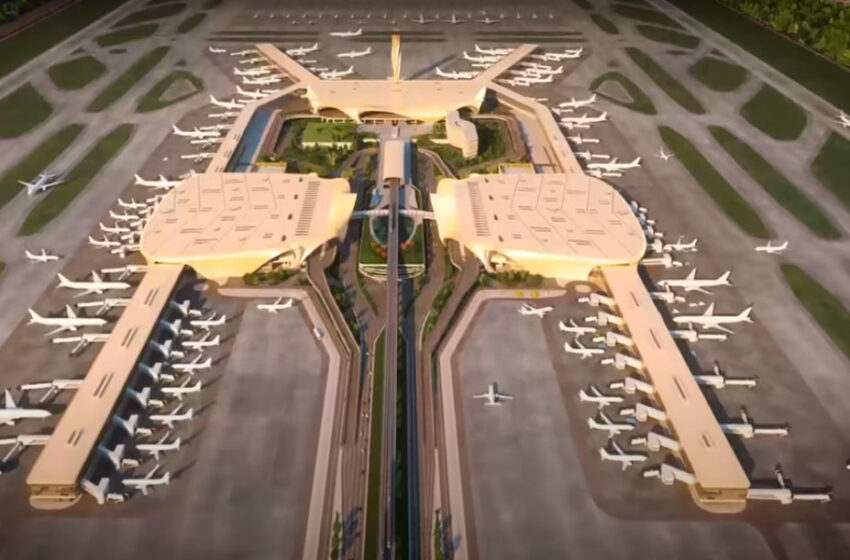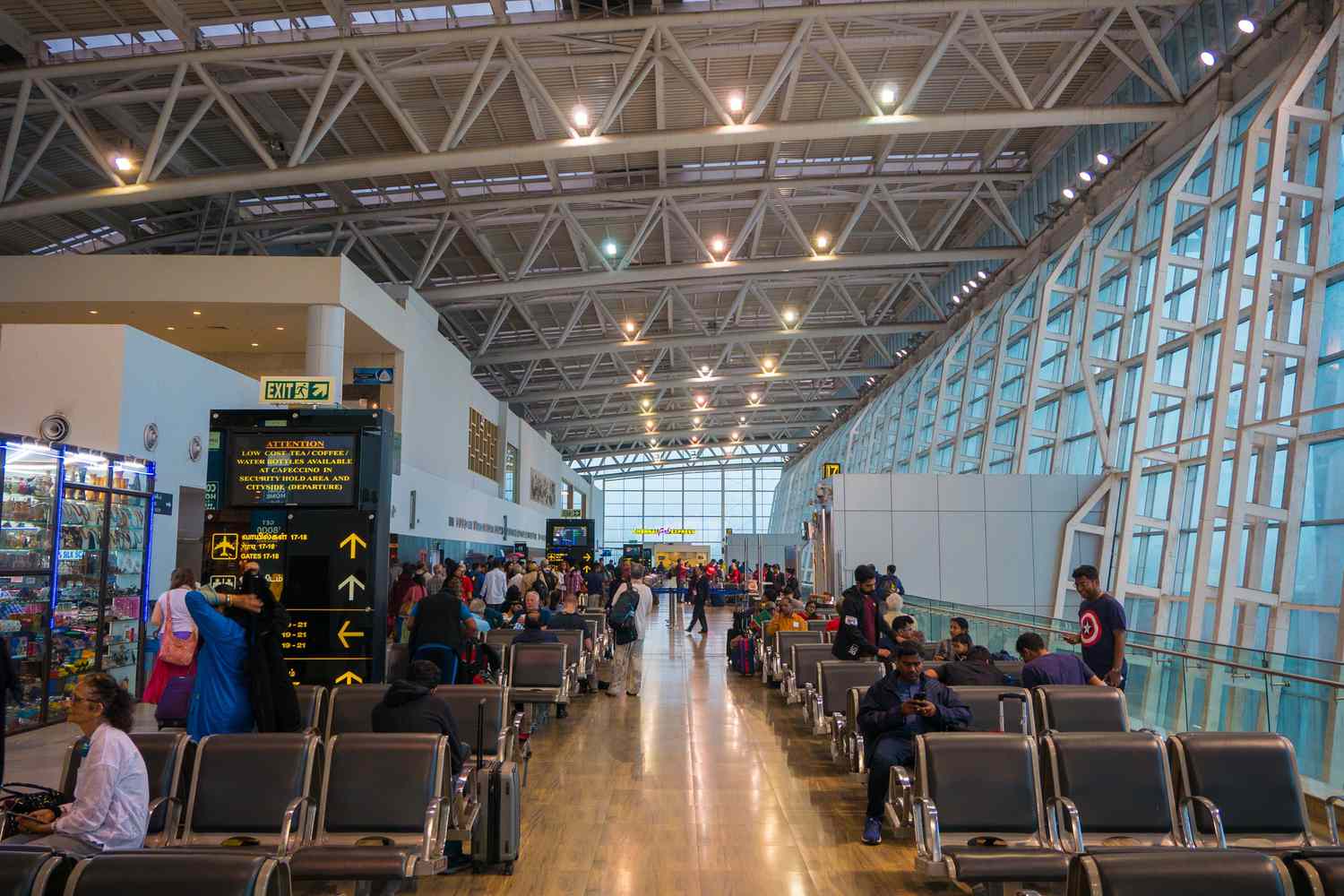JetSetGo builds strategic partnerships with Electra.aero, Horizon Aircraft, and Overair and signs agreements with a deal value of over USD 1.3 billion to accelerate India’s Air Mobility Future
JetSetGo, a marketplace for private jet and helicopter charters, and a fleet operator, has entered into a strategic partnerships with three global aviation technology leaders – Electra.aero, Horizon Aircraft and Overair – to bring Advanced Air Mobility (AAM) solutions to India. The partnerships were unveiled during the first-ever AAM conference held at Begumpet Airport.
As part of the agreements signed this week, JetSetGo is set to acquire 150 aircraft for an aggregate deal value of USD 780 million. The agreements include further options to acquire additional aircraft for a potential fleet size of 280 to scale its air mobility solutions, raising the overall deal value of above USD 1.3 billion.
The AAM event saw participation from operators, OEMs, regulators, investors and policy makers, coming together to showcase new technologies and solutions in Advanced Air Mobility, in an Innovation Zone at the exhibition and a conference session debating the opportunities and challenges ahead for developing Advanced Air Mobility in India’s cities and regions.
Advanced Air Mobility utilises new aviation technologies like electric and hybrid-electric propulsion to enable air taxi-style services for short distance travel between and within cities. JetSetGo believes AAM solutions have immense potential for greater mobility and connectivity across India’s urban and regional landscapes akin to the economic and social impact commercial air travel has had.
As per the company’s analysis, the three AAM aircraft designs selected offer an optimal mix for five identified use cases: airport transfers, regional connectivity, intercity commute, intracity shuttles and urban air taxis. JetSetGo intends to pioneer AAM’s application to these use cases starting with hybrid-electric planes from Electra.aero and Horizon that can utilise existing infrastructure, followed by Overair’s Butterfly advanced electric eVTOL aircraft for future urban air mobility applications as the infrastructure to support that develops in India’s cities.
Kanika Tekriwal, CEO and Co-founder, JetSetGo, said, “I am very excited about the partnerships we are building today and the scale of the vision these agreements represent. India’s geography and demographics make it an ideal launch market for AAM. Our partnership with these three leading innovators will introduce unique technologies like ‘blown lift’ and ‘fan-in-wing’ lift systems, hybrid and electric propulsion, and super-quiet optimal speed tilt rotors to India. We want to lead the transformation of urban and regional connectivity and believe we have the right partners and technologies to make this vision a reality. The scale of the agreements we’ve signed this week emphasise the scale of our ambition and belief in these new technologies.”
She added, “The enthusiasm and ideas showcased at today’s conference reaffirms our belief – India has the energy and the building blocks to become the world’s leader in AAM solutions tailored for developing economies. JetSetGo will strive to play the role of an accelerant by leading the discussion and debate in India, pioneering the application of cutting-edge global technologies, and engaging local stakeholders in a collaborative effort to make Advanced Air Mobility a reality.”
Brandon Robinson, CEO, Horizon, added, “We are truly honoured by this commitment from JetSetGo, a leading regional on-demand operator with a shared vision of a more sustainable and efficient on-demand regional travel. We are confident that our Cavorite X7 eVTOL will operate sustainably and profitably across India as well as many other global locations. As a hybrid electric aircraft, there is no need to install expensive charging support equipment across the travel network; it is a machine designed for challenging, real-world operations.”
“JetSetGo continues to be a first mover in India’s private aviation market by embracing AAM and adding Electra ’s hybrid-electric short takeoff and landing (eSTOL) aircraft to its fleet,” said Marc Ausman, Chief Product Officer of Electra.aero. “Our aircraft’s unique ability to operate from soccer field sized spaces, with the capacity to transport nine passengers up to 500 miles, enables JetSetGo to identify new routes using eSTOL capability, and deliver sustainable, affordable air connections to India’s communities previously underserved by flight. Electra is committed to partnering with JetSetGo for the long term to grow regional transportation markets in India, and help bring jobs and vital economic growth to these communities.”
Valerie Manning, Chief Commercial Officer, Overair, said, “We’re thrilled that JetSetGo has selected Overair to support its commitment to bringing sustainable, advanced air mobility to India’s rapidly growing and innovative transportation system. Butterfly will provide a safe, quiet, and efficient mobility solution for urban and regional transport across the broadest range of weather conditions and geographic environments. In addition, the associated advanced air mobility ecosystem will create a multitude of jobs and fuel economic growth.”
AAM has the potential to revolutionise transportation, ease urban congestion through air taxi services, provide rapid regional connectivity, and enable economic growth. With lighter, emission-free aircraft designs, AAM promises to offer eco-friendly intra-city and last mile transportation options. India offers a vast untapped opportunity for AAM to aid mobility and economic growth, whilst also tackling the scourges of traffic congestion, environmental impact and aviation emissions. India’s geographical expanse, infrastructure challenges, and road congestion issues make it an ideal test bed for sustainable air taxi and commuter solutions.





